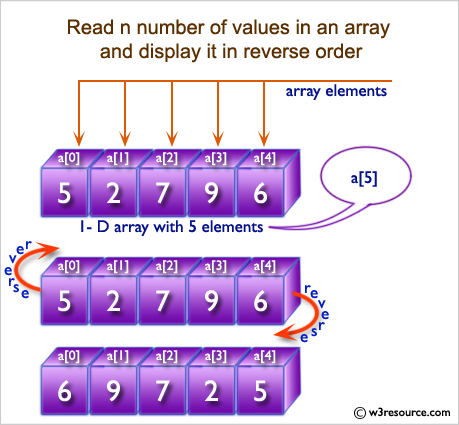1 2 3 4 5 6 select n n even.
Ruby array select first n elements.
The second form creates a copy of the array passed as a parameter the array is generated by calling to ary on the parameter.
If the last expression in the block evaluates to true the find method returns the value and stops iterating.
The take while method passes elements to the block until the block returns nil or false then stops iterating and returns an array of all prior elements.
In the first form if no arguments are sent the new array will be empty.
This will do the same thing as the first example in the introduction but with a lot less code.
To access a specific item or element of an array you reference its index or its position in the array.
The select method works in a similar way but it constructs a new array containing all of the elements that match.
So to retrieve the first element from our emails array we append the element s index to the variable using square brackets like this.
Ruby arrays can hold objects such as string integer fixnum hash symbol even other array objects.
If it doesn t find anything after iterating through all of the elements it returns nil.
When a size and an optional default are sent an array is created with size copies of default take notice that all elements will reference the same object default.
See also array last for the opposite effect.
Ruby array select collect map methods.
Hammerhead find executes the block you provide for each element in the array.
The take n method returns the first n elements of the array.
Inside the block you have to return something that evaluates to true or false and select will use that to filter your array.
A negative index is assumed relative to the end of the array that is an index of 1 indicates the last element of the array 2 is the next to last element in the array and so on.
Returns the first element or the first n elements of the array.
In ruby indexes start at zero.
You can learn about boolean values in ruby by reading this article.

